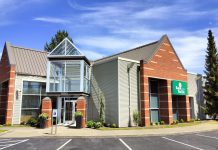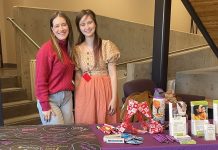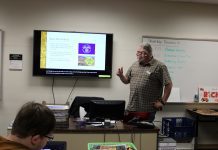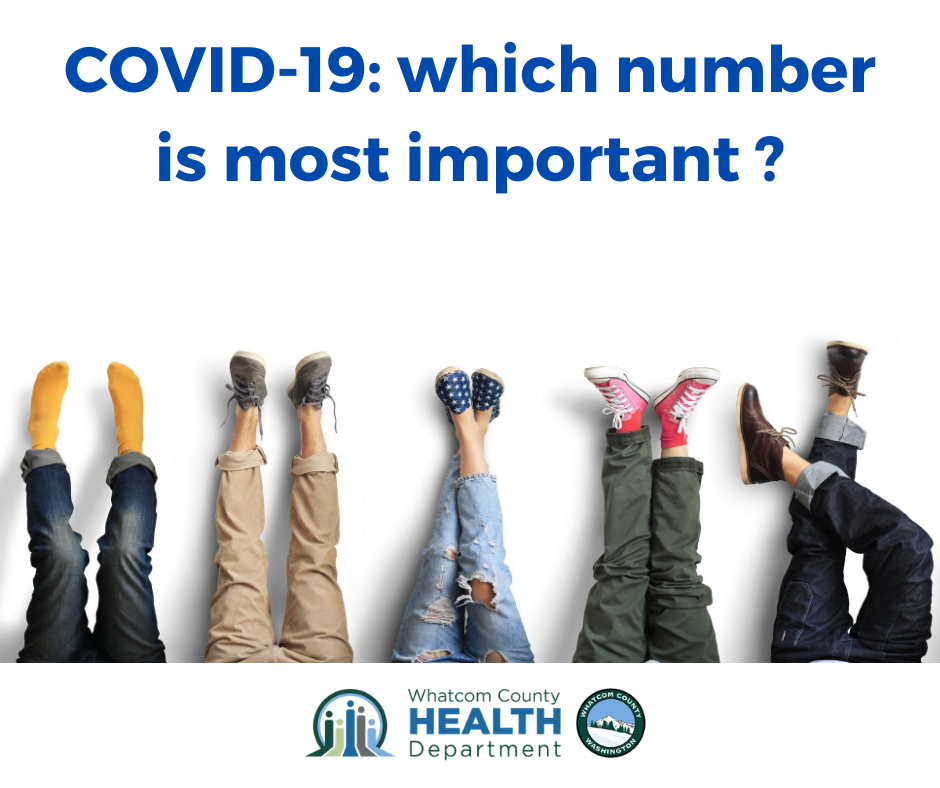Submitted by the Whatcom County Health Department
Since the pandemic began, many of us have been closely following data about COVID-19 to track numbers about infections both near and far. It turns out that the most important COVID-19 number to watch is the number of people you gather with. And good news: it’s one you can control and it can affect all the other numbers we are tracking.
Why does this number matter?
COVID-19 moves quickly. Without a vaccine for COVID-19, we have to rely on other types of interventions to slow transmissions. One proven strategy to prevent illness from infectious diseases is to limit the number of people you come in contact with.
We’ve learned that the virus spreads most often and more easily with in-person contact, such as gatherings in homes or in public spaces. Each of us has control over the number of people we see in social settings. Limiting that number to no more than five people outside your household can greatly reduce your chance of getting infected or accidently sharing an infection you don’t even know that you have yet.
How does this number affect our ability to reopen?
In order to move to the next phases, we need to slow the spread of infection. Keeping gatherings small and wearing a face covering when we get together with people outside our household are essential steps to slowing the spread.
What’s the risk?
Although it might seem like no big deal to have close contact with just one extra person, each new contact offers a potential path for COVID-19 to transfer from one household to another. For each person you hang out with, consider all the places they’ve been and people they’ve seen, and all the chances they’ve had to pick up an infection without knowing it. For every additional person you choose to spend time with, you are exposing yourself to all the risk that that person has been exposed to as well. The more interactions you have with others, the more rapidly COVID-19 can spread.
To reduce the spread of infection, save lives, and reopen our community, we need to carefully consider each face-to-face (or mask-to-mask) interaction we have with people outside of our own households, and break those chains of transmission. To keep our community healthy, have fewer, shorter, and safer interactions with others.









































